Django-Framework_v1.1 - AI-Powered Development Tool
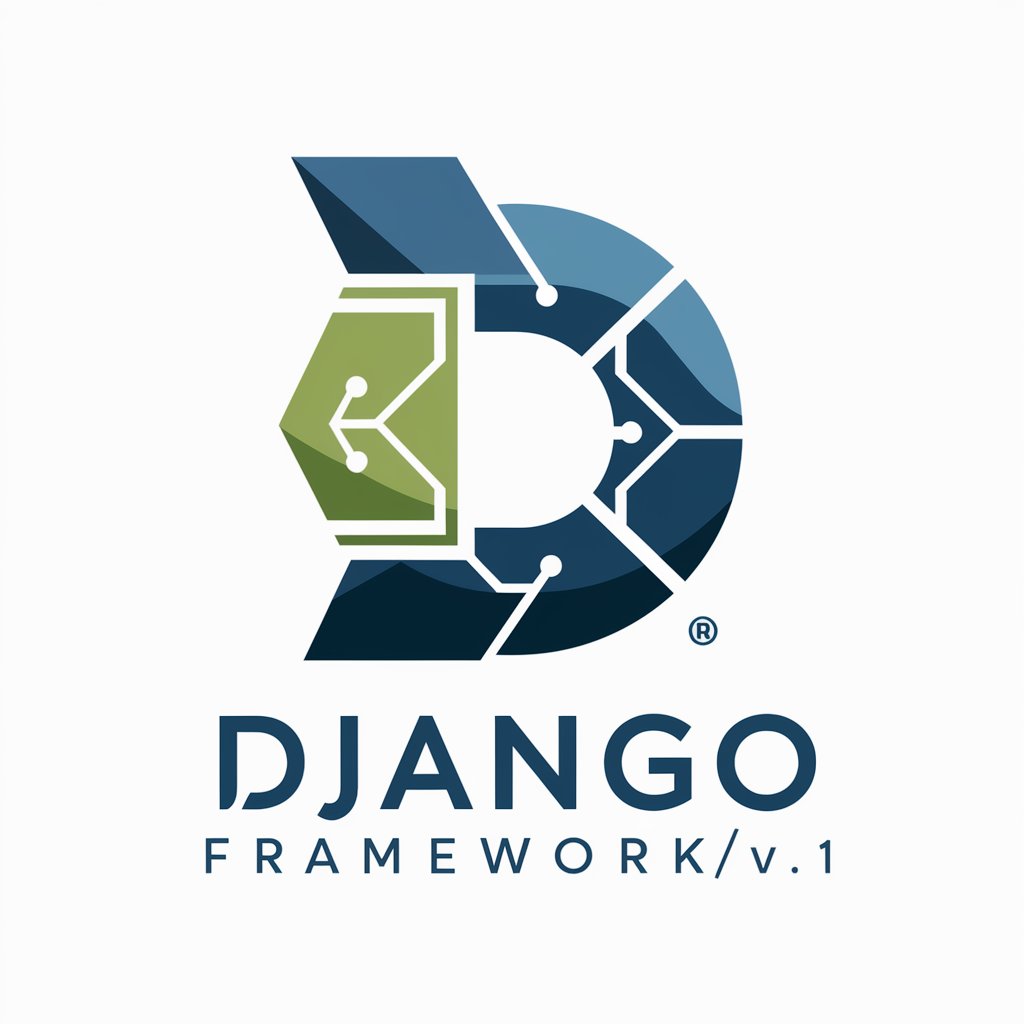
Hi! I'm here to help you with all things Django.
Empowering development with AI
How do I implement authentication in Django?
Can you explain Django's ORM and how to use it?
What are Django class-based views and how do they work?
How do I deploy a Django application to production?
Get Embed Code
Introduction to Django Web Framework
Django is a high-level Python web framework that encourages rapid development and clean, pragmatic design. Born out of a desire to create web applications quickly without reinventing the wheel, Django emphasizes reusability and "pluggability" of components, rapid development, and the principle of don't repeat yourself (DRY). It's designed to help developers take applications from concept to completion as quickly as possible. Django includes an ORM (Object-Relational Mapping) for mapping objects to database tables, a powerful URL routing system, a templating engine for generating HTML dynamically, and built-in support for many web standards such as authentication and security features. A classic example of Django's use is in content management systems (CMS), where dynamic content needs to be rendered into HTML pages efficiently and securely. Powered by ChatGPT-4o。

Main Functions of Django
ORM (Object-Relational Mapping)
Example
Enables developers to interact with the database using Python code instead of SQL.
Scenario
When building a blog, you can define models for your articles, users, and comments, and Django's ORM lets you fetch, create, update, and delete records without writing explicit SQL queries.
Authentication System
Example
Provides a way to manage user accounts and permissions.
Scenario
In an e-commerce site, Django's authentication system can handle user sign up, login, and access control for different parts of the site, such as the checkout process.
Admin Interface
Example
Auto-generated, customizable admin interface for managing site content.
Scenario
For a small business website, the Django admin allows non-technical staff to easily update product listings, prices, and blog posts without needing to understand the underlying database structure.
Form Handling
Example
Simplifies the creation and processing of web forms.
Scenario
On a feedback page, Django's forms framework can validate user input, handle errors, and secure the site against common web attacks like cross-site scripting (XSS).
Template Engine
Example
Allows dynamic HTML content generation with a Django-specific language.
Scenario
When creating a dynamic news site, the template engine can be used to display articles, user comments, and related content dynamically based on the database's current state.
Ideal Users of Django
Web Developers
Professionals or hobbyists looking to build secure, scalable web applications quickly. Django's abstraction layers and built-in components reduce development time and effort.
Startups
Small teams aiming to bring a product to market rapidly. Django's efficiency and scalability support fast iteration without sacrificing quality or performance.
Large Enterprises
Organizations needing robust, secure web applications that can scale. Django's stability and flexibility make it suitable for high-traffic sites like Instagram.
Educators and Students
Individuals learning web development. Django's well-documented nature and active community provide a supportive learning environment.

How to Use Django-Framework_v1.1
1
Start by visiting a platform offering a hands-on experience with AI technologies, where you can engage with Django-Framework_v1.1 without the need for a subscription or prior setup.
2
Familiarize yourself with the documentation available for Django-Framework_v1.1 to understand its capabilities and how it can be applied to your projects.
3
Identify a specific problem or project where Django-Framework_v1.1 can be applied. This could range from web development tasks to complex data analysis.
4
Utilize the interactive features or API of Django-Framework_v1.1 to implement solutions or create projects, applying best practices for code structure and maintenance.
5
Regularly review the updates and community forums for Django-Framework_v1.1 to stay informed about new features, tips, and ways to optimize your use of the tool.
Try other advanced and practical GPTs
ObsidianMD-v1.0
AI-powered knowledge and idea management
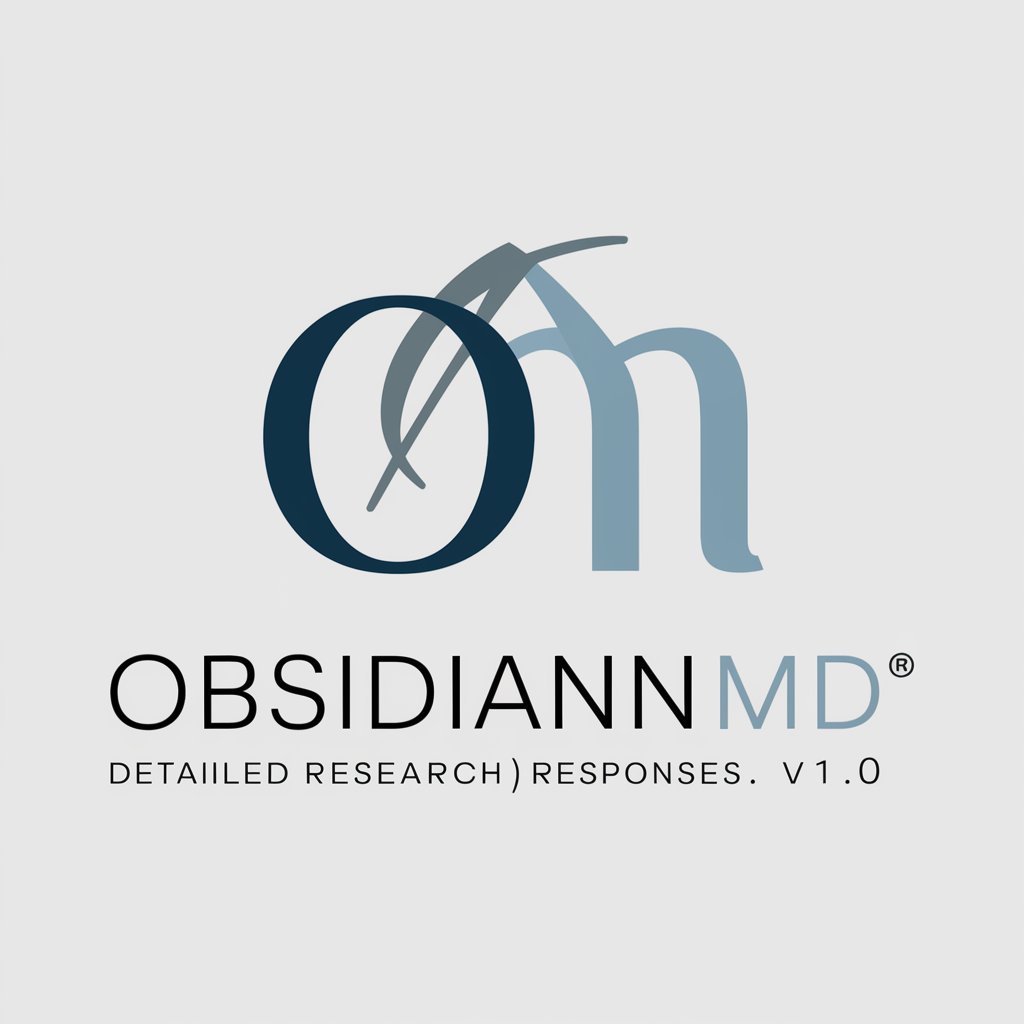
Tante Mitzi
Perfect Your German Texts with AI Precision
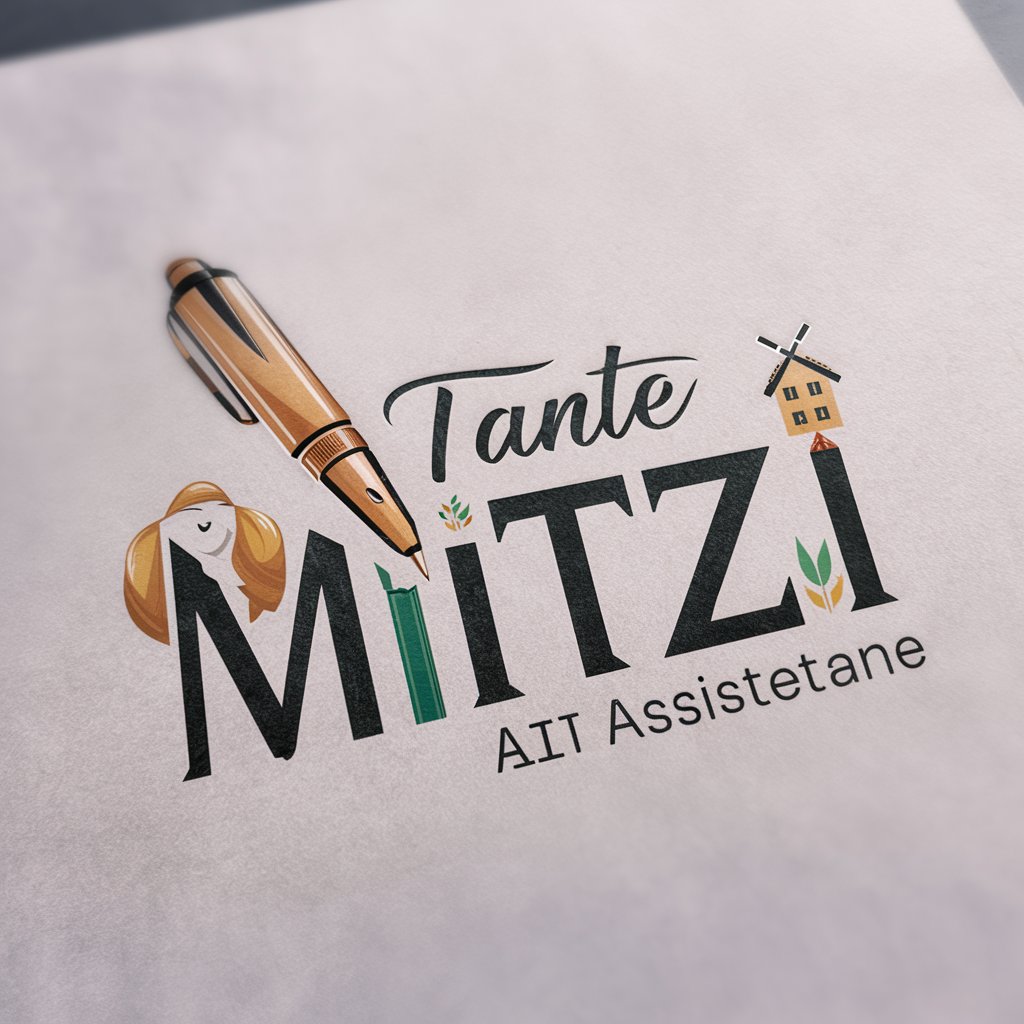
JollyGPT
Spreading joy through AI-powered image enhancement.

Fenerbahçe Uzmanı
Unlock the world of Fenerbahçe with AI

α7III Guide
Unlock your creativity with AI-powered photography assistance.

SCIENCE
Unlocking Science with AI

Tailwind-Framework_v1.1
Design faster with AI-powered styling
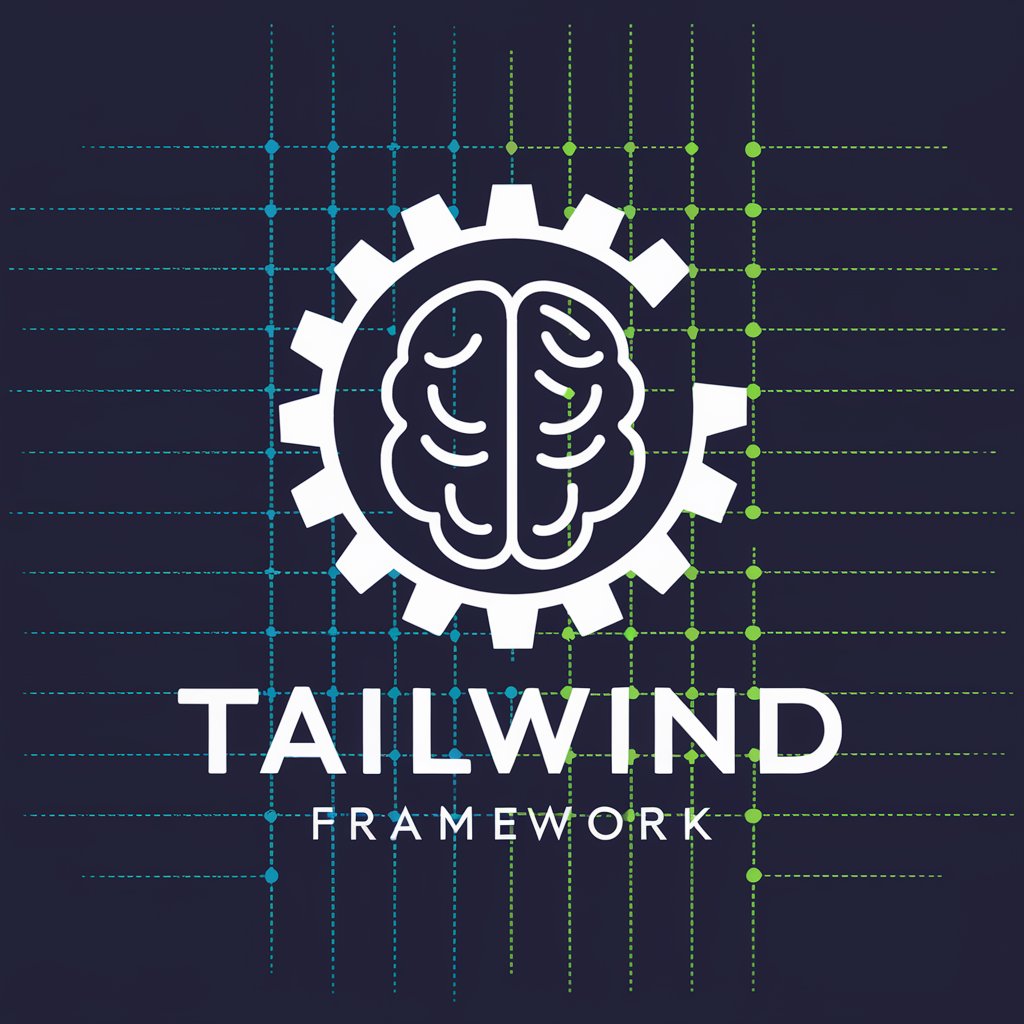
React-Library_v1.1
Streamlining React development with AI
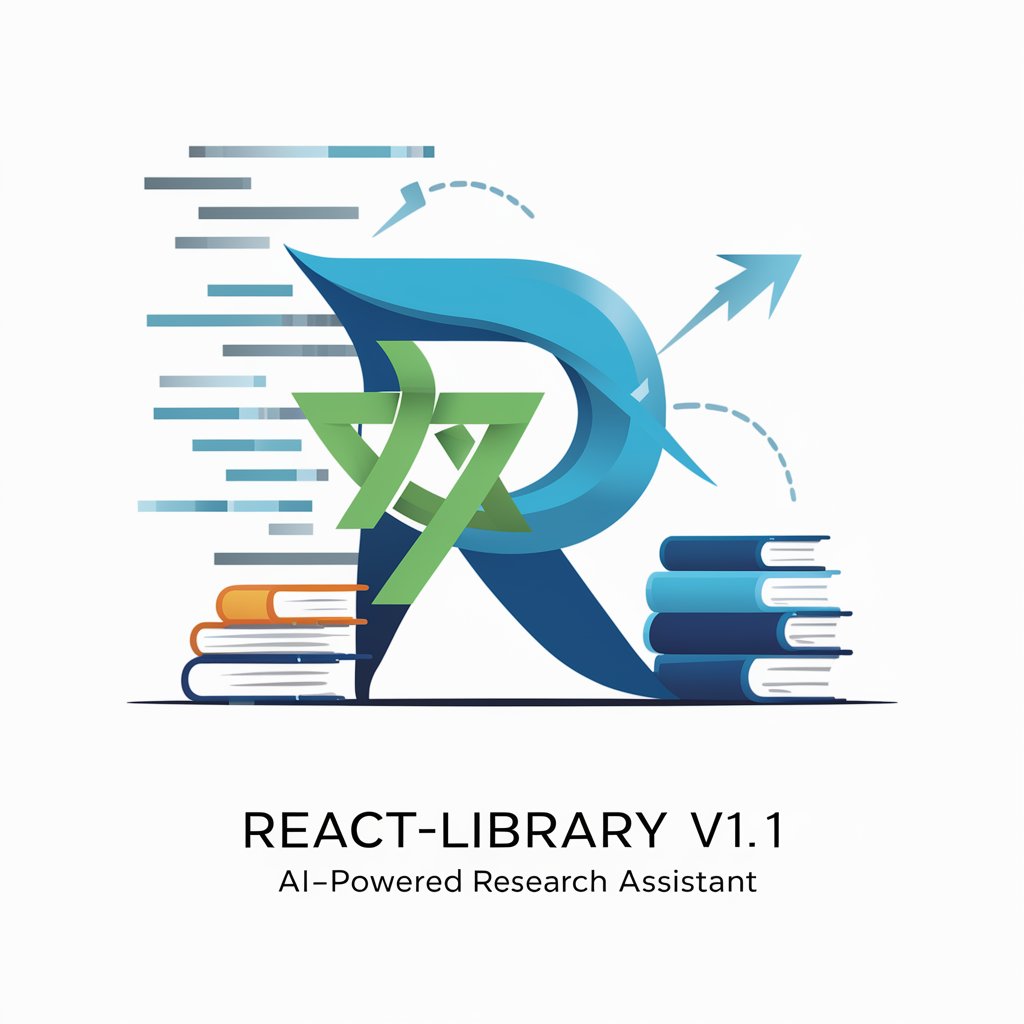
FAISS-library_v1.1
Powering AI with efficient search capabilities
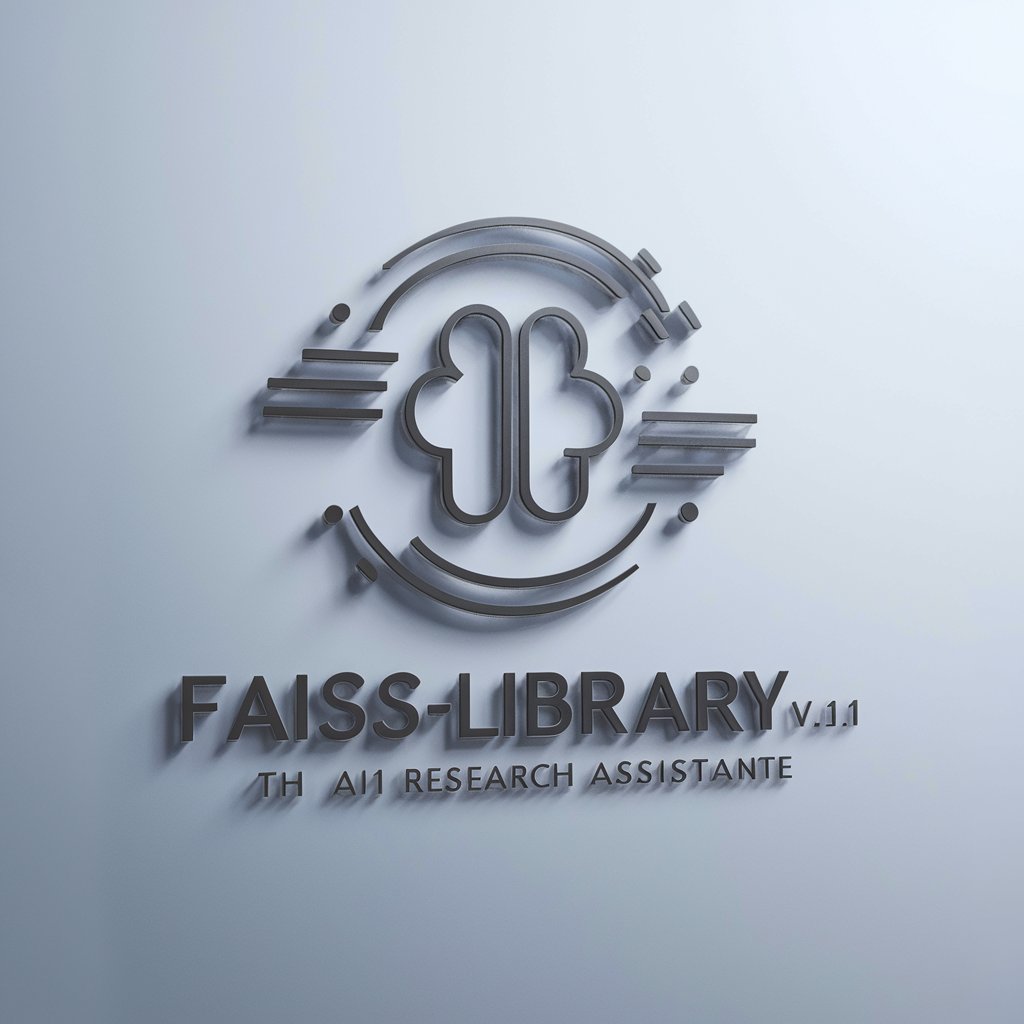
OA-Python-API_v1.2
Empower your projects with AI capabilities.
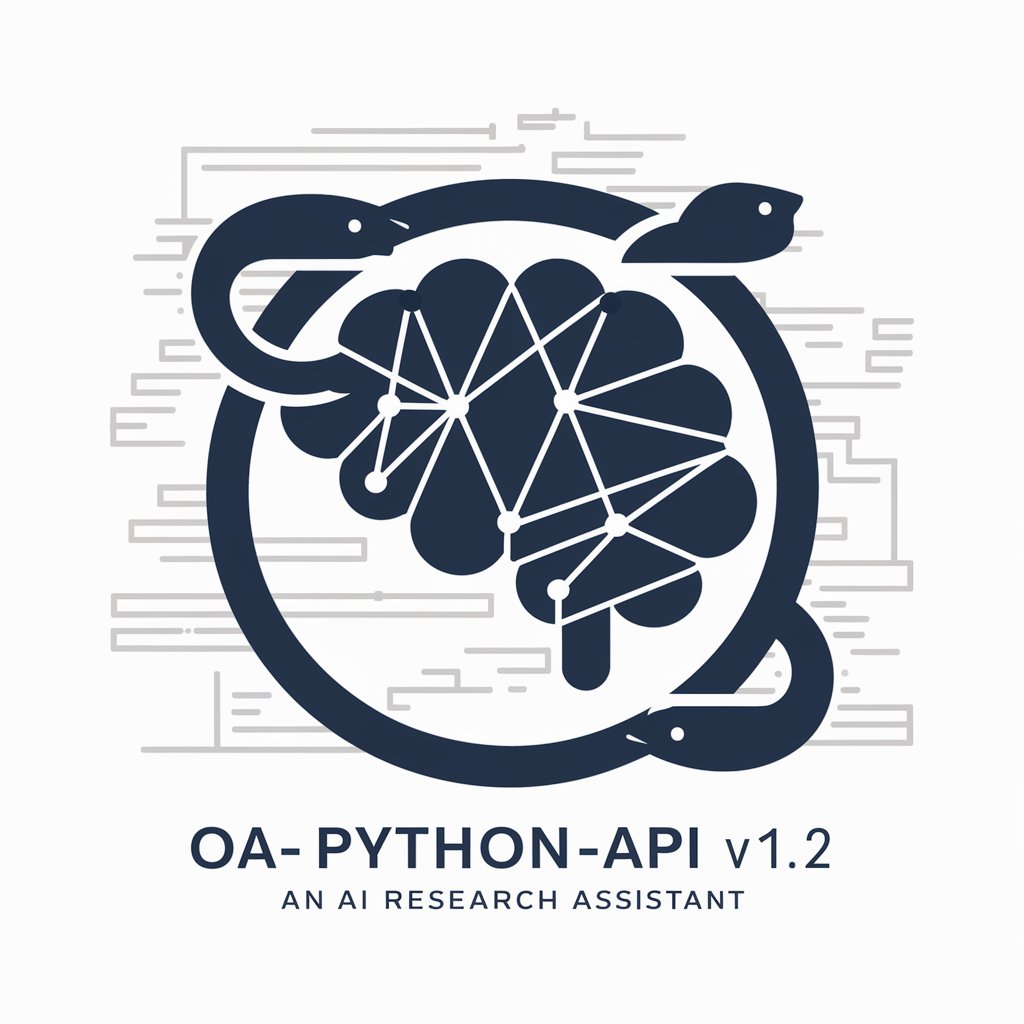
Pixelglyph Storyteller
Bringing NFTs to Life with AI Stories

Gilford Hardware's Chain & Guide Bar Advisor
AI-powered Chainsaw Compatibility Guide
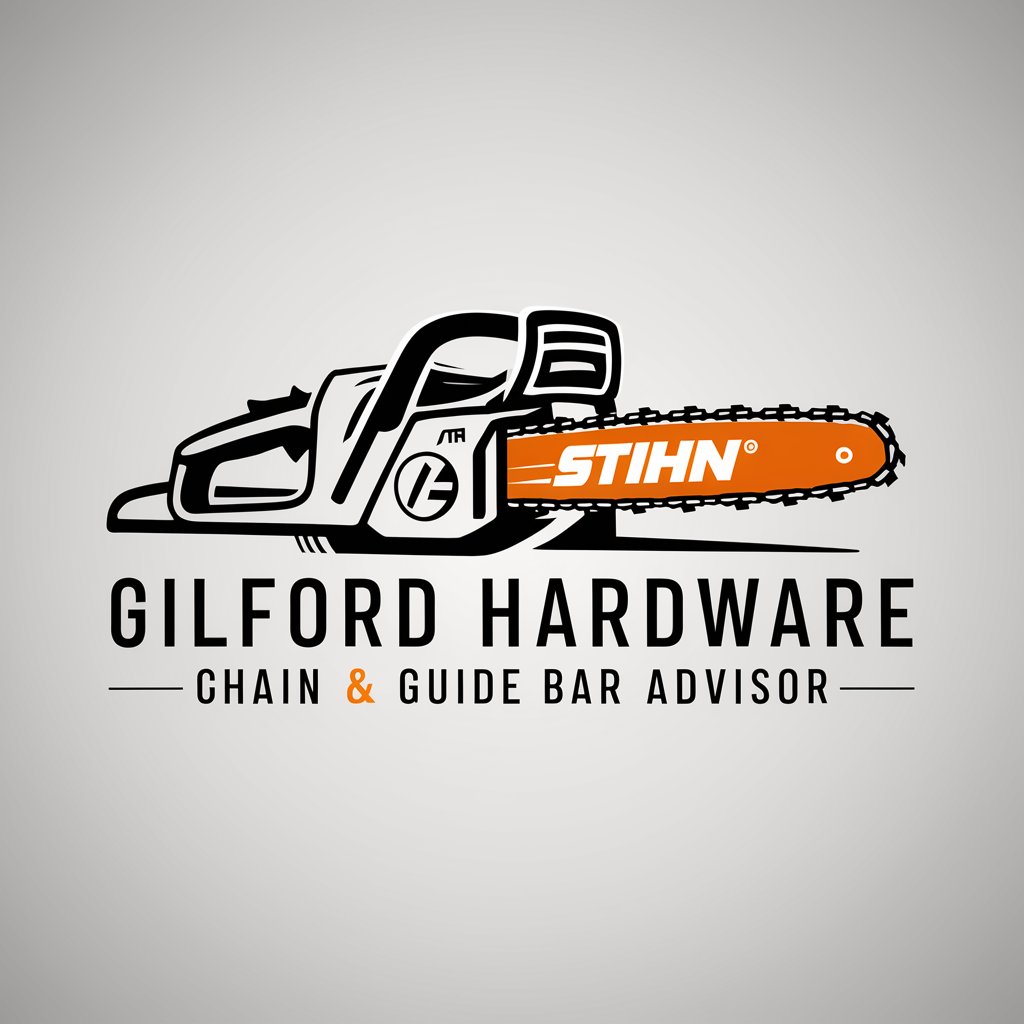
Frequently Asked Questions about Django-Framework_v1.1
What is Django-Framework_v1.1 designed for?
Django-Framework_v1.1 is tailored for developers and researchers seeking to leverage AI capabilities for enhancing web development, data analysis, and automation tasks, among other applications.
Can I integrate Django-Framework_v1.1 with other software?
Yes, Django-Framework_v1.1 is built to be interoperable with various software and platforms, allowing for seamless integration through APIs and plugin systems.
What programming knowledge do I need to use Django-Framework_v1.1?
A basic understanding of Python and familiarity with web development concepts are recommended to effectively utilize Django-Framework_v1.1.
Is Django-Framework_v1.1 suitable for beginners?
While Django-Framework_v1.1 is powerful, it is designed to be accessible to beginners, with extensive documentation and community support to help new users.
How can I contribute to the development of Django-Framework_v1.1?
Contributions can be made through code contributions, documentation improvements, and participating in the community forums to share insights and feedback.
